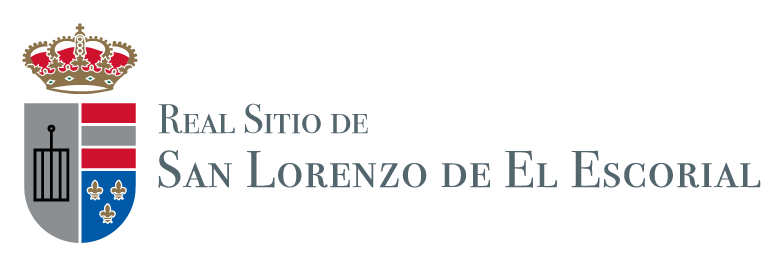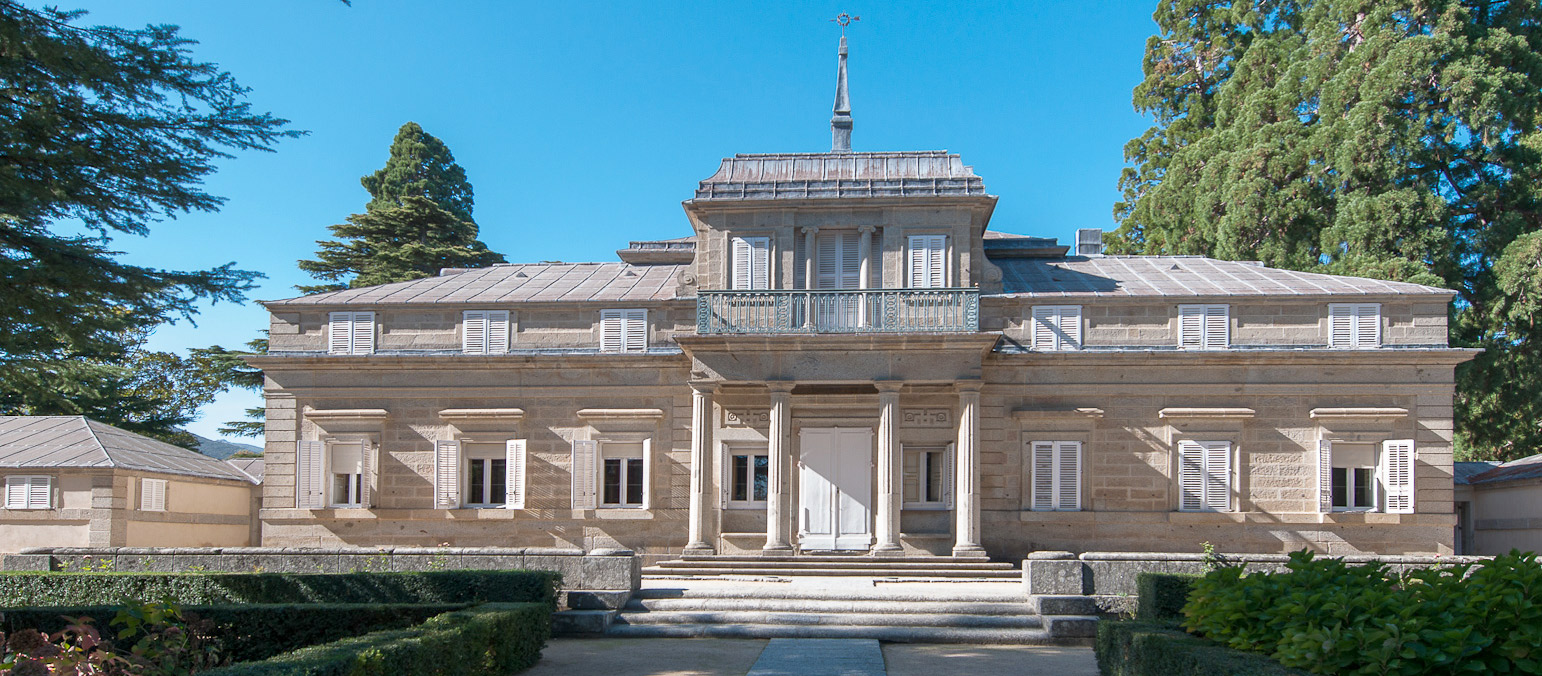This 18th-century building stands in the town of El Escorial. It was built between 1771 and 1775 to a design by Juan de Villanueva, one of the most important architects of the Spanish neoclassical school. It was declared a Site of Cultural Interest in 1931.
The building was intended as a recreational hall to be used by Carlos IV, who was Prince of Asturias at the time, amid oak woodland between the Monastery of El Escorial and the centre of the town itself. It is administered by the National Heritage body, which is responsible for State assets available for use by the Spanish Crown.
It initially comprised just one rectangular block with a 27-metre façade, but was extended between 1781 and 1784 through the addition of a rear wing.
It is surrounded by two gardens, one at the front and another at the rear, connected by a pair of gateways of Tuscan columns. The tastes in palatial design of the era may be seen in its fountains, lakes, waterfalls, promenades and boxwood hedges. It also features a large area of surrounding parkland wooded with local species such as oak and holm oak, imported varieties including sequoia and Spanish fir, and typical garden trees.









